Choosing the Right Drill Bit Size for Wall Anchors: A Comprehensive Guide

When it comes to hanging heavy items on your walls, having the right drill bit size for your wall anchors is essential. Using the wrong size drill bit can result in a weak, unstable anchor that may not hold your item securely. In this comprehensive guide, we will explore the different types of wall anchors and provide you with the information you need to choose the correct drill bit size.
Wall anchors are commonly used when mounting shelves, artwork, mirrors, and other decor items that require extra support. There are several types of wall anchors available, including plastic expansion anchors, toggle bolts, and molly bolts. Each type requires a specific drill bit size to create a hole that will accommodate the anchor.
When selecting a drill bit size, it is important to consider the diameter of the anchor itself. Most wall anchors will specify the recommended drill bit size on the packaging, but if not, you will need to measure the anchor’s diameter with a ruler or calipers. It is essential to choose a bit that is slightly smaller than the anchor to ensure a tight fit.
If you are uncertain about the correct drill bit size for your wall anchor, it is always better to start with a smaller bit and gradually increase the size if needed. This will allow you to test the fit and make adjustments as necessary without compromising the integrity of your wall. Remember, it is easier to make a hole bigger than to patch a hole that is too large.
In conclusion, choosing the right drill bit size for your wall anchors is crucial for ensuring a secure and stable installation. By understanding the types of wall anchors and their recommended drill bit sizes, you can confidently hang heavy items on your walls without fear of them falling down.
Understanding Drill Bit Sizing
When it comes to drilling holes for wall anchors, it’s important to choose the right drill bit size. The size of the drill bit will determine the size of the hole that is drilled, and this is crucial for ensuring that the wall anchor fits properly. It’s also important to note that drill bit sizes can vary depending on the type of wall anchor being used, so it’s essential to understand the sizing system.
In the United States, drill bit sizes are typically measured in inches. The most common sizes range from 1/16-inch to 1 inch, with incremental increases of 1/64 inch. These sizes are often referred to as fractional sizes and can be represented as fractions, decimals, or as a number followed by a decimal point and the letter “a” for “above” or “b” for “below”. For example, a 1/4-inch drill bit can also be represented as 0.25 inches or as 0.265a.
Fractional Size vs. Numbered Size
Drill bit sizes can also be represented using numbered sizes, which are commonly used for smaller drill bits. Numbered drill bit sizes range from size 80 (the smallest) to size 1 (the largest). Unlike fractional sizes, numbered sizes do not have a direct correlation to inches. Instead, they are based on industry standards and represent specific diameters in thousandths of an inch. For example, a size 10 drill bit has a diameter of 0.193 inch, while a size 60 drill bit has a diameter of 0.040 inch.
Selecting the Right Drill Bit Size
Choosing the correct drill bit size for wall anchors depends on the size of the anchor itself. Most wall anchors come with recommendations for drill bit sizes, which should be followed for optimal results. If no recommendations are provided, a general rule of thumb is to choose a drill bit that is slightly smaller than the diameter of the anchor. This will ensure a snug fit and proper support.
It’s also important to consider the type of material you are drilling into. Different materials, such as wood, drywall, or concrete, may require different drill bit sizes. The hardness and thickness of the material should be taken into account when selecting the drill bit size.
Conclusion
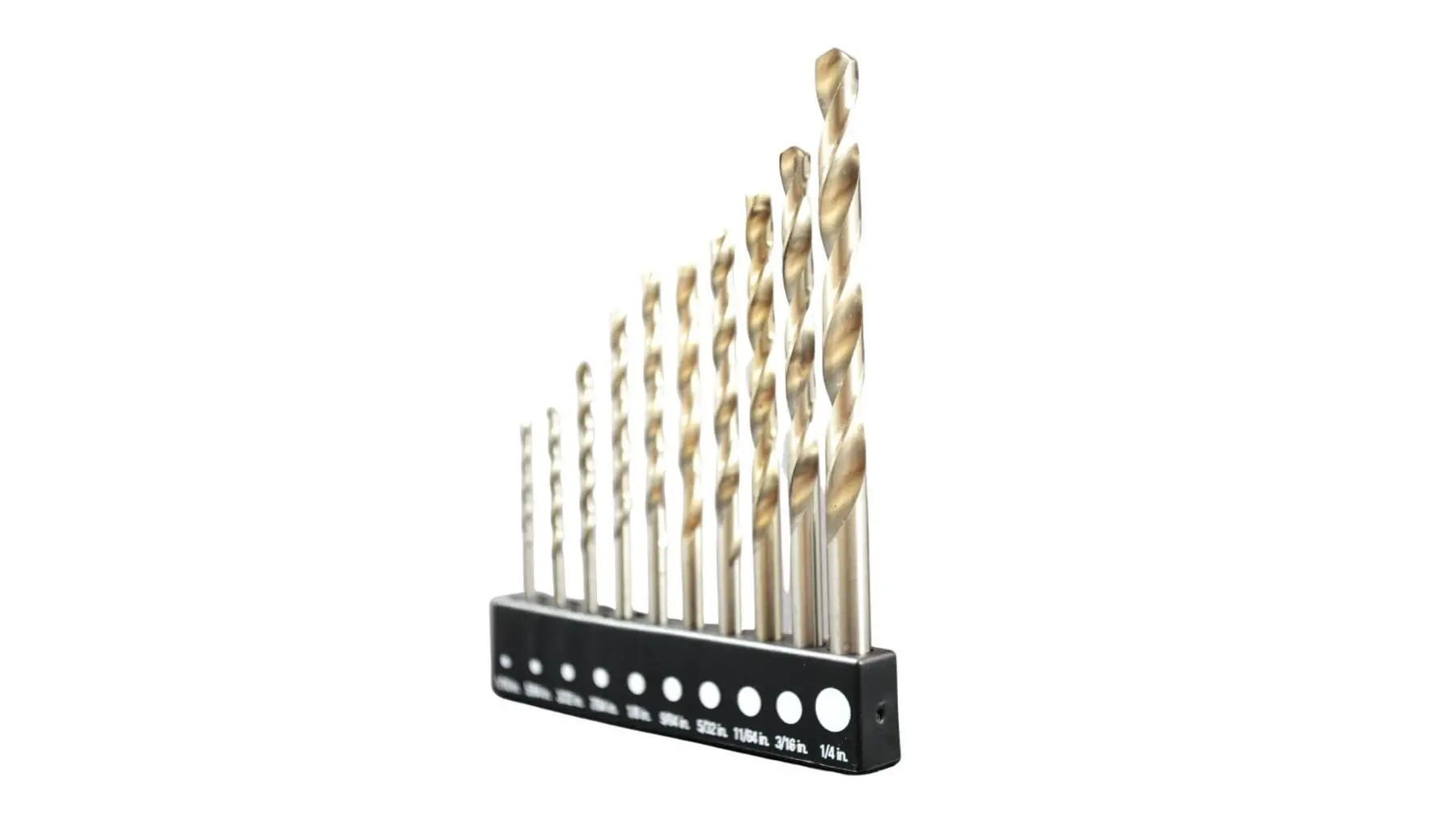
Understanding drill bit sizing is crucial for choosing the right size for wall anchors. Whether you are using fractional sizes or numbered sizes, it’s important to follow the recommended drill bit size for the specific anchor being used. By doing so, you can ensure a secure and reliable installation that will hold up over time.
Why Choosing the Right Drill Bit Size is Crucial
Choosing the right drill bit size is crucial when it comes to installing wall anchors. Using the wrong size drill bit can lead to several problems and may even cause your wall anchors to fail.
1. Proper Fit
Using the correct drill bit size allows the wall anchor to fit snugly into the hole. This ensures a secure and stable anchor point for hanging heavy objects or securing fixtures. If the hole is too big, the wall anchor may not grip the wall properly, causing it to become loose over time.
2. Maximum Weight Capacity
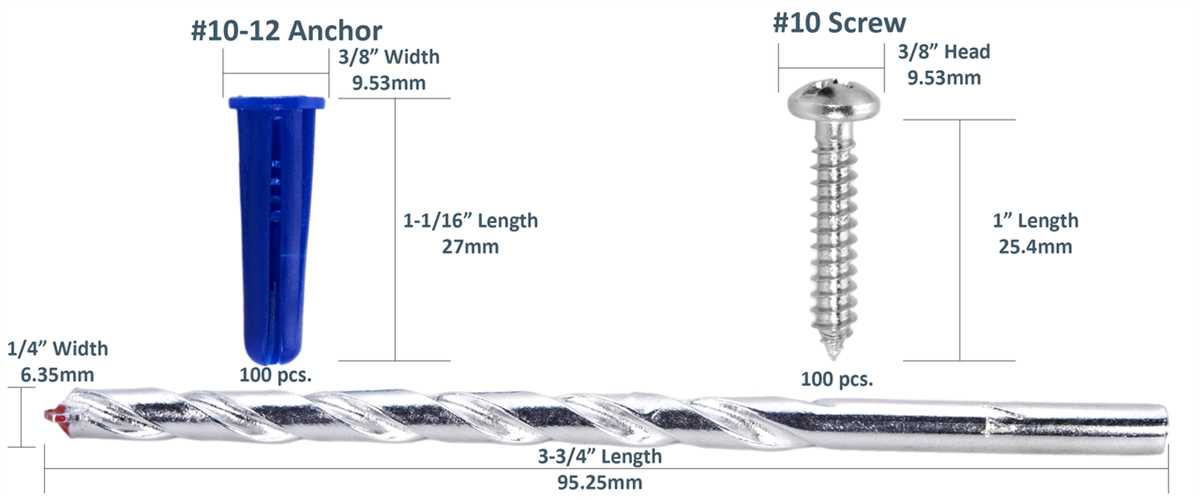
Each wall anchor has a maximum weight capacity. Using the right drill bit size ensures that the anchor is properly installed and able to bear the weight it is rated for. If the hole is too small, the anchor may not be able to support the intended weight, leading to a potential failure and damage to your wall.
3. Stability and Durability
A properly installed wall anchor provides stability and durability to the object being anchored. Using the correct drill bit size ensures that the anchor is secure and tightly fastened to the wall, preventing any wobbling or movement. This is especially important for objects that may be subject to frequent movement or vibrations, such as shelves or wall-mounted televisions.
4. Prevention of Wall Damage
Using the wrong drill bit size can lead to wall damage. If the hole is too small, you may struggle to insert the wall anchor. This can result in excessive force being applied, leading to cracks or damage to the wall. On the other hand, if the hole is too large, the wall anchor may not provide enough stability, increasing the risk of the object falling and causing damage to the wall.
5. Time and Cost Efficiency
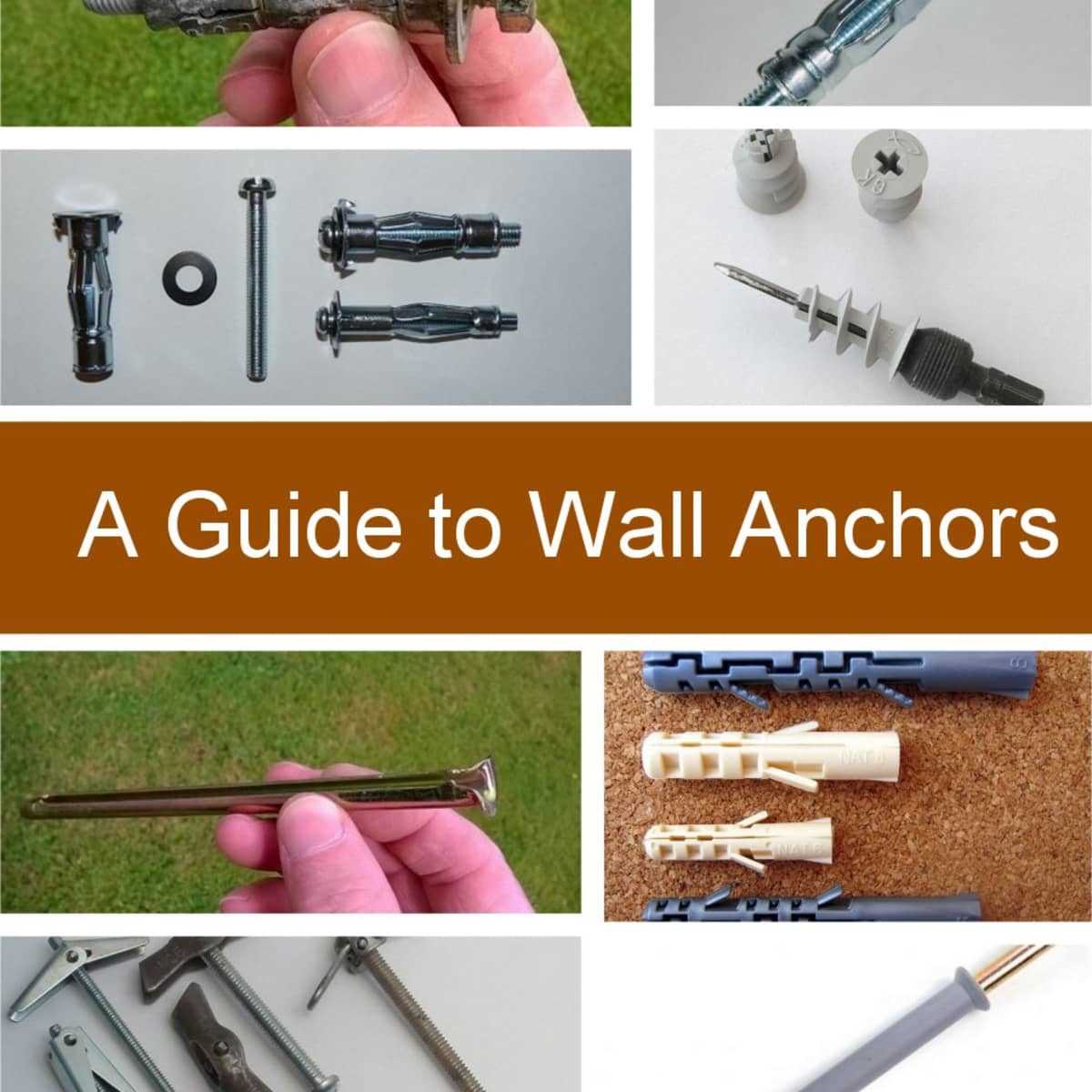
Choosing the right drill bit size saves both time and money. Using the correct size eliminates the need for repeated attempts or re-drilling, which can be time-consuming. Additionally, it reduces the risk of damaging the wall, saving you money on repairs.
Overall, choosing the right drill bit size when installing wall anchors is crucial for ensuring proper fit, maximum weight capacity, stability, durability, prevention of wall damage, and time and cost efficiency. Taking the time to select the correct size will result in a successful installation and a securely anchored object on your wall.
Factors to Consider When Selecting the Drill Bit Size
When choosing the drill bit size for wall anchors, there are several important factors to consider. These factors will ensure that the anchor fits securely and provides the necessary support for your project. Here are some key considerations:
1. Anchor Type
The type of anchor you are using will greatly influence the drill bit size you should choose. Different anchors require different hole sizes to ensure a proper fit. Common anchor types include expansion anchors, toggle bolts, and plastic anchors. Consult the manufacturer’s instructions or packaging to determine the recommended drill bit size for your specific anchor type.
2. Material of the Wall
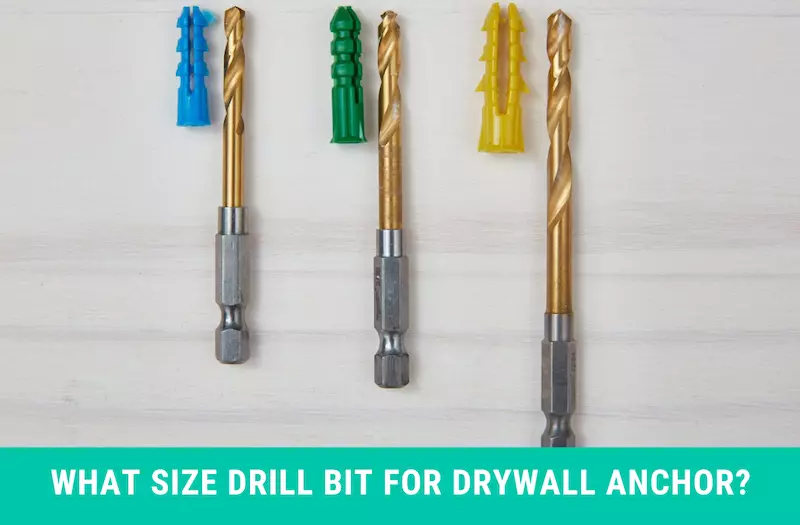
The material of the wall you are drilling into is another important factor to consider. Different materials, such as drywall, concrete, or brick, require different drill bit sizes. For example, drilling into concrete may require a masonry drill bit, while drilling into drywall may require a standard twist drill bit. Consider the material of the wall and choose a drill bit size that is appropriate for that material.

3. Anchor Size
The size of the anchor itself will also affect the drill bit size you should use. Larger anchors will typically require larger holes to accommodate their size. Pay attention to the recommended hole size provided by the anchor manufacturer, as using a drill bit that is too small may result in a loose anchor, while using a drill bit that is too large may weaken the wall or cause the anchor to fail.
4. Weight and Load
The weight and load that the anchor will need to support should also be taken into consideration when selecting the drill bit size. Heavier objects will require larger anchors and therefore larger holes. Consider the weight of the object you are planning to hang and choose a drill bit size that can accommodate the necessary anchor size needed for that weight.
5. Depth of the Hole
The depth of the hole you need to drill will also play a role in determining the drill bit size. Measure the length of the anchor that needs to be inserted into the wall and choose a drill bit that is long enough to accommodate that length. Avoid drilling holes that are too shallow, as this can result in a weak anchor connection.
6. Pilot Hole
In some cases, it may be necessary to create a pilot hole before drilling the final hole for the anchor. A pilot hole can help guide the drill bit and ensure a clean and accurate hole. If a pilot hole is needed, choose a drill bit size that matches the diameter of the pilot hole specification.
By considering these factors, you can ensure that you select the correct drill bit size for your wall anchors. This will result in a secure and sturdy installation that will provide the necessary support for your project.
How to Determine the Thickness of the Wall
1. Measure the Wall Thickness with a Tape Measure
One of the easiest ways to determine the thickness of a wall is by using a tape measure. Start by finding a relatively flat and uninterrupted section of the wall. Place the tape measure vertically against the wall, making sure it is perpendicular to the ground. Extend the tape measure until it is fully extended and the tape measure’s edge is touching the opposite side of the wall. Read the measurement on the tape measure to determine the thickness of the wall.
2. Use a Stud Finder Tool
If you have a stud finder tool, you can also use it to determine the thickness of the wall. A stud finder tool typically has a measurement setting that allows you to measure the thickness of the wall. Simply place the stud finder tool against the wall and move it slowly across the surface. The tool will beep or light up when it detects the edge of the wall. Take note of the measurement displayed on the tool to determine the thickness of the wall.
3. Look for Electrical Outlets or Switches
In many cases, electrical outlets and switches are mounted directly on the surface of the wall. By examining these fixtures, you can often get an idea of the wall thickness. Keep in mind that this method may not be as accurate as using a tape measure or stud finder tool, but it can provide a rough estimate of the wall thickness.
4. Consult Building Plans or Blueprints
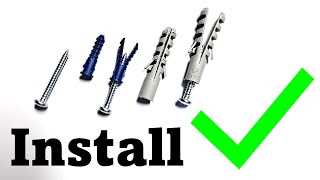
If you have access to the building plans or blueprints of the structure, you can refer to these documents to determine the thickness of the wall. The plans may include details about the construction materials used and the dimensions of the walls. This method is most useful for new constructions or renovations where accurate plans are available.
5. Seek Professional Advice
If you are unsure about the thickness of the wall or need a more accurate measurement, it is best to seek professional advice. A contractor, builder, or architect can assist you in determining the exact thickness of the wall using specialized tools and techniques. It is recommended to consult a professional if the accuracy of the measurement is crucial, such as in structural or load-bearing walls.
Overall, determining the thickness of a wall is essential when choosing the right drill bit size for wall anchors. By using the methods mentioned above, you can confidently select the appropriate size and maintain the integrity of your walls.
Matching the Drill Bit Size to the Anchor Size
Choosing the right drill bit size is crucial when it comes to installing wall anchors. Using the correct size will ensure a secure and stable anchor, while using the wrong size can lead to a weak or ineffective anchor.
Before selecting a drill bit size, you need to determine the size of the anchor you will be using. This information is usually provided by the manufacturer of the anchor and can be found either on the packaging or in the instructions. Anchor sizes are typically indicated by a number, such as #6, #8, or #10.
Once you have determined the anchor size, you can then select the corresponding drill bit size. The drill bit should be slightly smaller than the outer diameter of the anchor. This will allow the anchor to fit snugly into the hole and provide maximum support.
If the anchor size is not directly related to a standard drill bit size, it is recommended to choose the closest smaller size. For example, if the anchor size is between 1/4 inch and 5/16 inch, it is better to use a 1/4 inch drill bit rather than a 5/16 inch drill bit.
It is important to note that different types of anchors may require different drill bit sizes. For example, plastic anchors often require smaller drill bits compared to metal anchors. Always refer to the manufacturer’s instructions to ensure you are using the correct drill bit size for the specific type of anchor you are using.
Using a drill bit size that is too large can result in the anchor not fitting securely in the hole, causing it to loosen over time. On the other hand, using a drill bit size that is too small can cause the anchor to be too tight, making it difficult to insert or damaging the anchor itself.
Remember to always use the appropriate safety precautions when working with power tools and drill bits. Wear safety glasses to protect your eyes from flying debris, and work in a well-ventilated area to minimize the inhalation of dust.
| Anchor Size | Recommended Drill Bit Size |
|---|---|
| #6 | 3/16 inch |
| #8 | 1/4 inch |
| #10 | 5/16 inch |
| #12 | 3/8 inch |
Always double-check the manufacturer’s instructions for the specific anchor you are using, as drill bit sizes can vary slightly.
Common Mistakes to Avoid When Selecting the Drill Bit Size
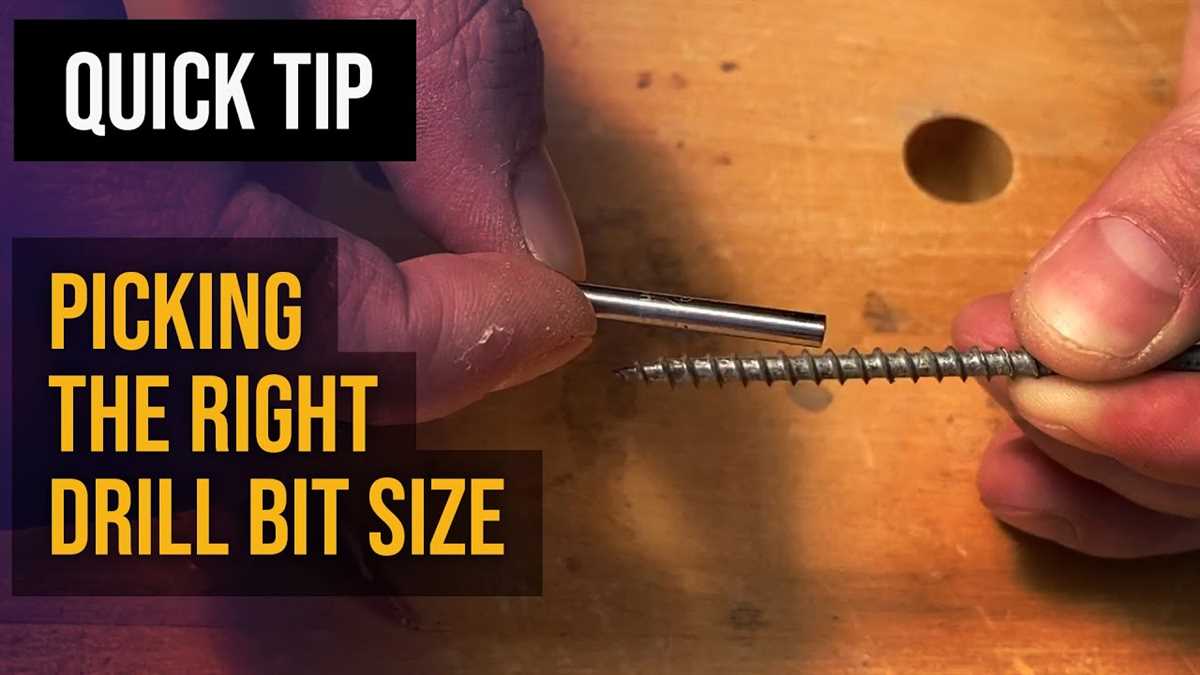
When selecting the drill bit size for wall anchors, there are several common mistakes that can easily be made. These mistakes can lead to issues such as wall damage, loose anchors, and difficulty in securing items to the wall. To ensure a successful installation, avoid the following mistakes:
-
Using the Wrong Size Guide: One of the biggest mistakes is using the wrong size guide or relying on outdated information. Different types of wall anchors require different drill bit sizes, so it’s important to consult the manufacturer’s instructions or an up-to-date guide.
-
Not Measuring the Anchor: Another common mistake is failing to measure the anchor before selecting the drill bit. Anchors come in various sizes, and it’s essential to choose a drill bit that matches the anchor’s diameter.
-
Ignoring the Wall Material: Different materials require different drill bit sizes. For example, drilling into drywall requires a different size than drilling into concrete. Ignoring the wall material can result in ineffective anchors or even damage to the wall.
-
Not Testing the Fit: Before drilling into the wall, it’s crucial to test the fit of the anchor and drill bit. Insert the anchor into the drilled hole to ensure it fits snugly. If there is too much wiggle room, the drill bit may be too large.
-
Speeding Through the Process: Rushing through the process can lead to mistakes, including selecting the wrong drill bit size. Take the time to double-check measurements and consult the appropriate guides to ensure accurate sizing.
-
Using a Dull Drill Bit: A dull drill bit can lead to uneven holes or difficulty in drilling. Always use a sharp drill bit to ensure clean and precise holes that match the specified size.
Avoiding these common mistakes will help you select the correct drill bit size for wall anchors and ensure a successful and secure installation. Take the time to measure, consult guides, and test the fit before drilling into the wall. By doing so, you can avoid damage to your walls and achieve a reliable anchor for hanging items.
Useful Tips for Drilling into Different Types of Walls
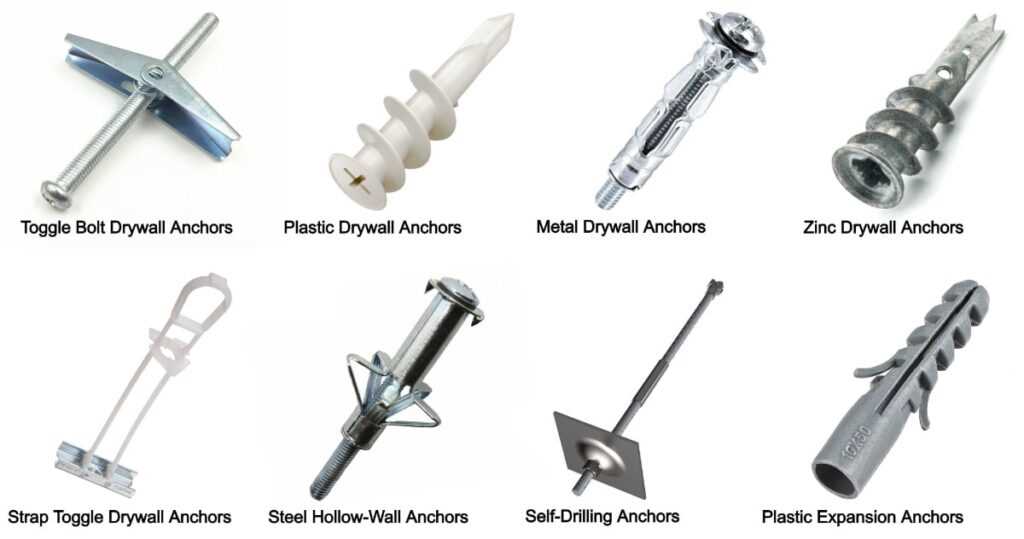
1. Drywall
When drilling into drywall, it is important to use a drill bit suitable for the job. A standard twist drill bit is usually sufficient for most tasks. However, if you are hanging heavy objects, it is recommended to use a bit designed specifically for drywall, such as a wall anchor drill bit.
To minimize damage and ensure a clean hole, start by marking the exact spot where you want to drill. Use a pencil or a small dot sticker to mark the spot. Then, apply gentle pressure while drilling to avoid tearing the drywall. It is also helpful to use a drill with a variable speed control to avoid drilling too quickly.
After drilling the hole, you can insert a wall anchor or screw directly into the hole depending on the weight of the object you are hanging.
2. Concrete
Drilling into concrete requires a more powerful drill and a masonry drill bit. These drill bits are made of tungsten carbide, which is specifically designed to drill through hard materials like concrete.
Before starting, make sure to wear safety goggles and place a piece of masking tape on the spot where you want to drill. This will help prevent the drill bit from slipping and provide a guide for drilling. Use a hammer function on your drill to help break through the tough surface of the concrete.
When drilling into concrete, it is important to go slow to prevent overheating the drill bit. Apply steady pressure and let the drill do the work. If you need a larger hole, start with a smaller drill bit and gradually increase the size.
3. Brick

Brick walls can be drilled into using a masonry drill bit similar to those used for concrete. However, brick is generally softer and easier to drill through than concrete.
Start by marking the spot where you want to drill with a pencil or dot sticker. Then, apply gentle, steady pressure while drilling, using a slow speed to prevent overheating the drill bit. It is also helpful to periodically remove the dust from the hole by pulling the drill bit out and blowing on it.
Once the hole is drilled, you can insert a wall anchor or screw directly into the brick to hang your object.
4. Plaster
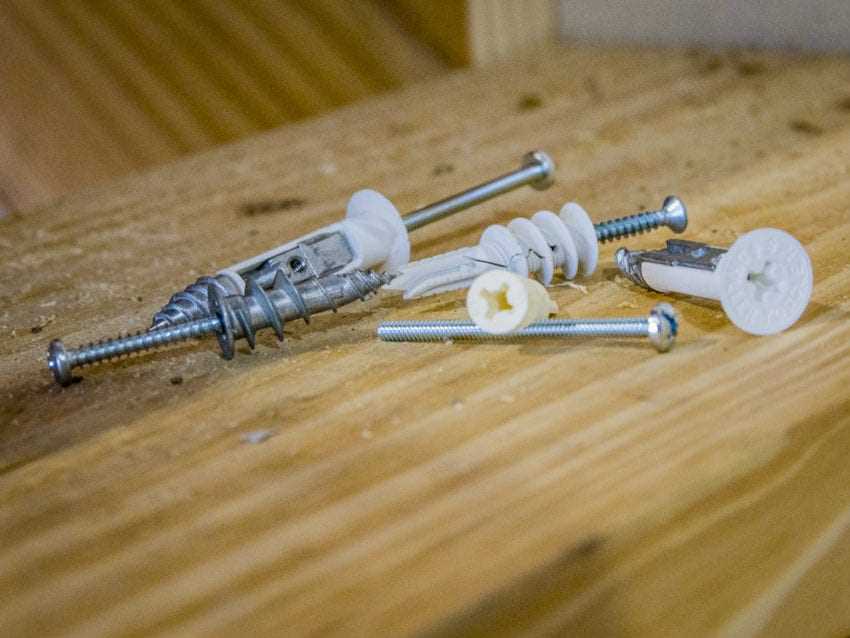
Drilling into plaster can be a bit trickier, as it is prone to cracking and crumbling. It is important to use a drill bit designed for plaster or a multi-purpose drill bit that can handle both plaster and wood.
Before drilling, make sure to locate any electrical wires or plumbing pipes behind the wall to avoid damaging them. Use a stud finder or a wire detector for this purpose.
When drilling, start with a small pilot hole, gradually increasing the size as needed. Apply light pressure and be cautious not to go too deep, as this can cause the plaster to crack. If the plaster starts to crumble, try using a lower speed on your drill or switch to a smaller drill bit.
After drilling, you can insert a wall anchor or screw directly into the plaster, but be careful not to overtighten as this can cause the plaster to crack.
5. Wood
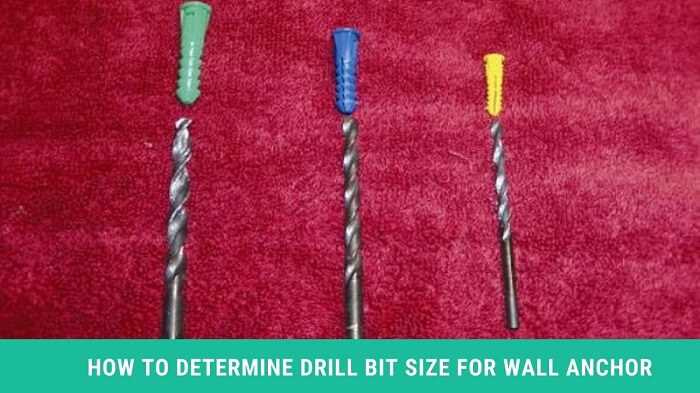
Drilling into wood is generally the easiest of all wall materials. For drilling into wood, a standard twist drill bit is usually suitable. Use a drill bit size based on the screw or anchor you plan to use.
Start by marking the spot where you want to drill using a pencil or dot sticker. Then, apply moderate pressure while drilling to create a clean hole. It is also helpful to hold a piece of scrap wood behind the wall to prevent any splintering on the backside.
After drilling, you can insert a screw directly into the wood to hang your object. If you are using a wall anchor, follow the manufacturer’s instructions for installation.
| Wall Type | Recommended Drill Bit |
|---|---|
| Drywall | Standard twist drill bit or wall anchor drill bit |
| Concrete | Masonry drill bit |
| Brick | Masonry drill bit |
| Plaster | Plaster-specific drill bit or multi-purpose drill bit |
| Wood | Standard twist drill bit |
FAQ:
What factors should I consider when choosing the right drill bit size for wall anchors?
When choosing the right drill bit size for wall anchors, there are several factors to consider. First, you need to consider the type and size of the wall anchor you are using. Different anchors require different size drill bits. Second, you need to consider the material of the wall you are drilling into. Different materials require different size drill bits. Finally, you need to consider the weight of the object you are hanging on the wall. Heavier objects require larger wall anchors and drill bits.
What is the best type of drill bit for wall anchors?
There are several types of drill bits that can be used for wall anchors, including twist drill bits and masonry drill bits. However, the best type of drill bit for wall anchors depends on the material of the wall you are drilling into. For example, if you are drilling into a concrete wall, a masonry drill bit would be the best choice. If you are drilling into a wooden wall, a twist drill bit would be sufficient.
How do I determine the right size drill bit for a wall anchor?
To determine the right size drill bit for a wall anchor, you need to consult the manufacturer’s instructions for the anchor. The instructions will typically provide a recommended drill bit size based on the size and type of the anchor. If you don’t have the instructions, you can measure the diameter of the anchor and choose a drill bit that is slightly larger in size.
Can I use a smaller drill bit than the recommended size for a wall anchor?
Using a smaller drill bit than the recommended size for a wall anchor is not recommended. The recommended drill bit size is designed to create a hole that is the perfect fit for the anchor, ensuring a secure and stable installation. Using a smaller drill bit can result in a loose or unstable anchor, which may not be able to support the weight of the object you are hanging on the wall.
What should I do if I accidentally use a drill bit that is too large for a wall anchor?
If you accidentally use a drill bit that is too large for a wall anchor, you have a few options. One option is to use a larger anchor that fits the size of the hole. Another option is to use a wall anchor sleeve or a wall plug to fill the gap between the anchor and the hole. If the hole is too large for any of these solutions, you may need to patch the hole and start over with a new anchor and the correct size drill bit.
Video:










